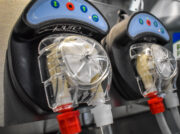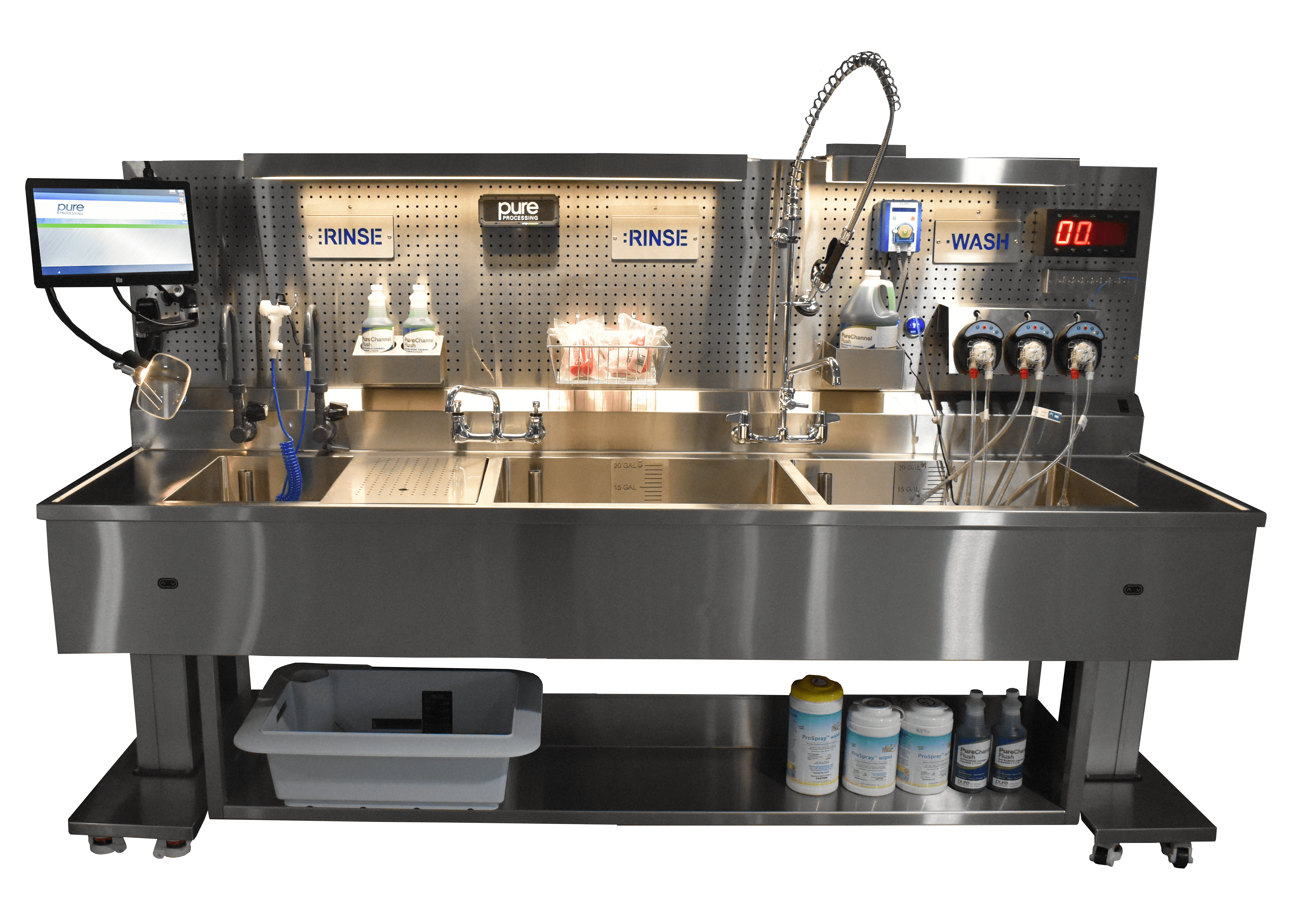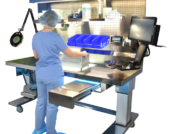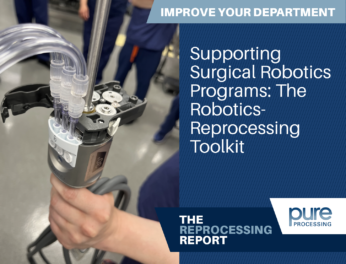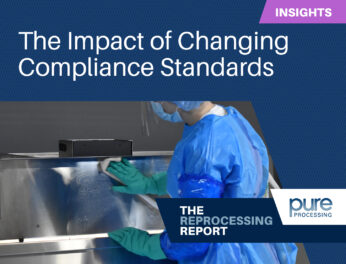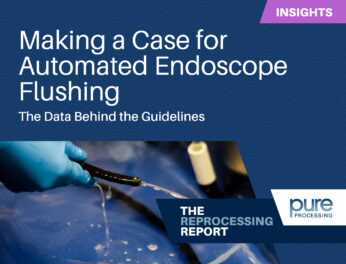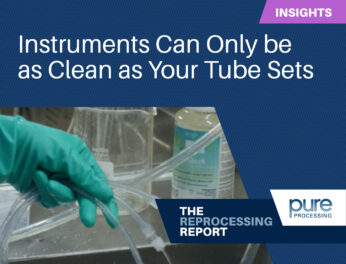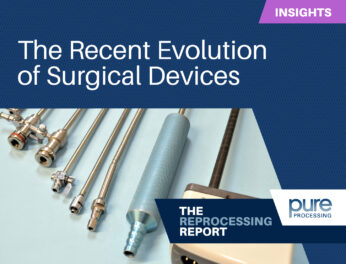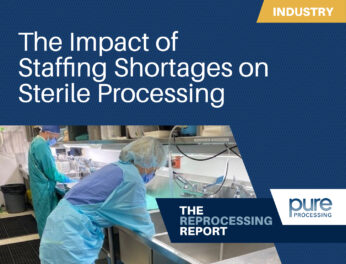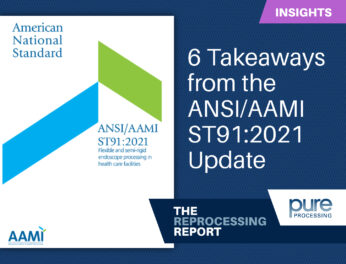
CATEGORY: Flushing
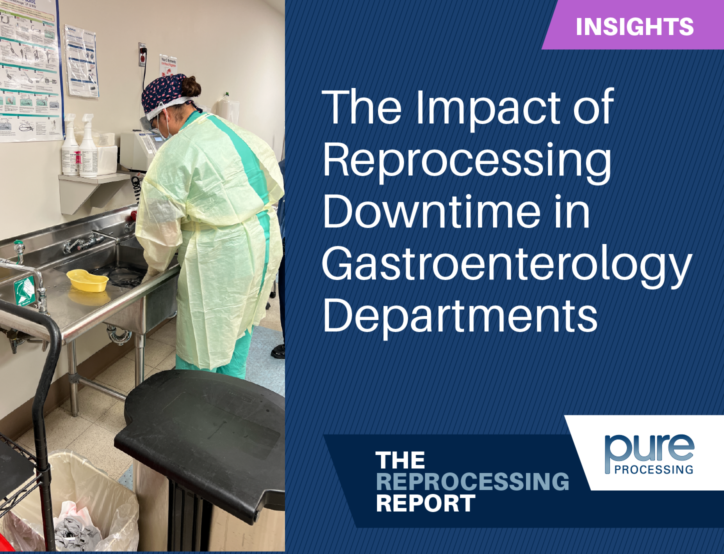
Aug 17, 2023
The Impact of Reprocessing Downtime in Gastroenterology Department
In the realm of medical technology, automated systems have revolutionized various facets of healthcare, including the gastrointestinal (GI) department. Automated flushing systems have emerged as a game-changer in GI departments, offering an array of benefits that streamline processes and enhance patient care. These advantages, which include increased productivity, the elimination of manual syringe flushing, and…
Read More
